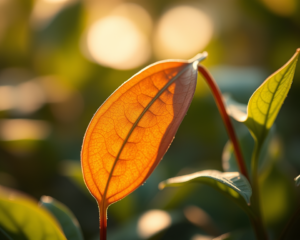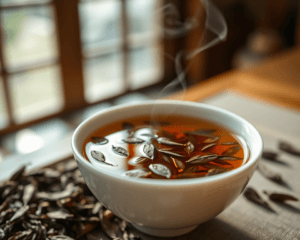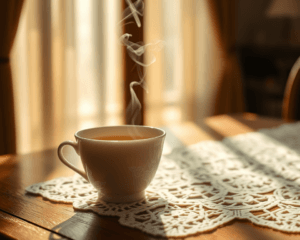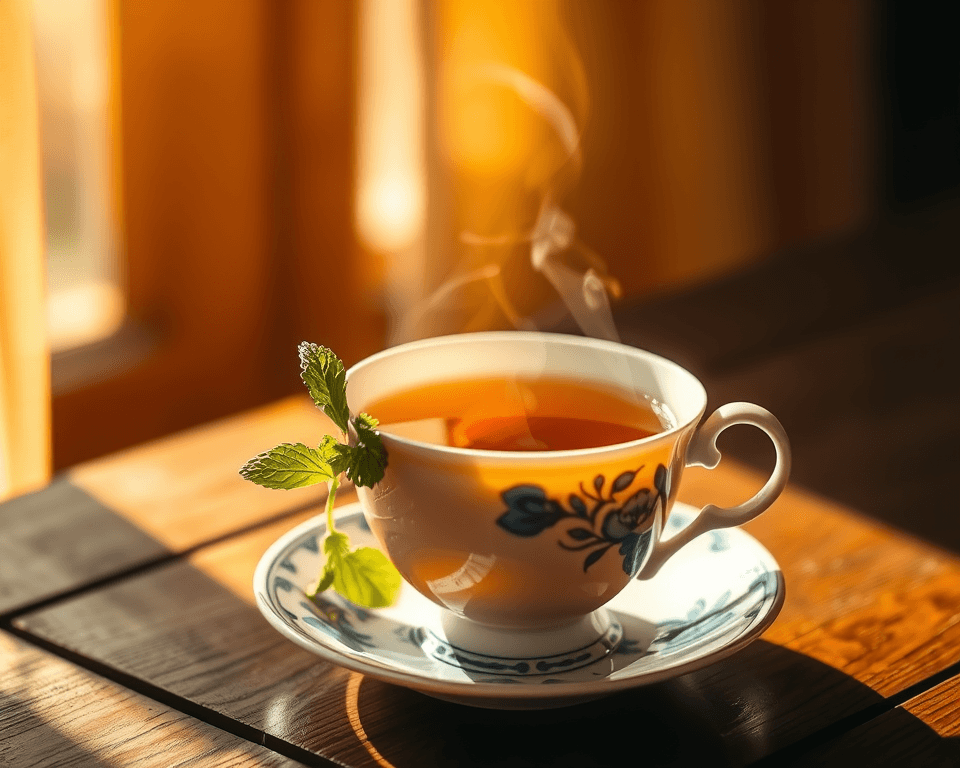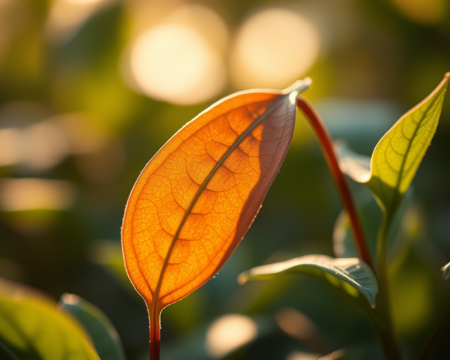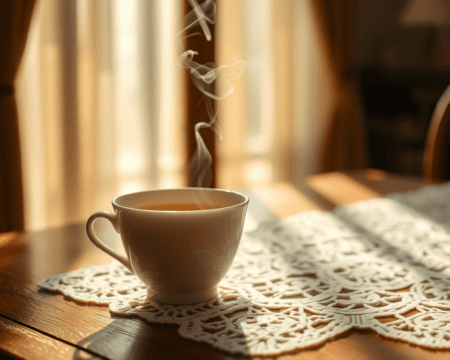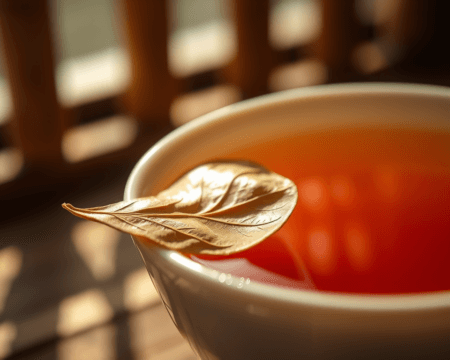The world loves tea. It’s one of those beverages that, no matter where you go, connects people—like a warm hug in a cup. But have you ever stopped to think about where this ritual of brewing leaves actually came from? Trust me, it’s not just a simple tale of hot water and dried leaves. The origins of tea are steeped in mystery, legends, and a slew of characters who played a vital role in shaping what we sip today.
Key Takeaways
- Tea drinking traces its roots back to ancient China, with Shen Nong being a legendary figure in the discovery of this beloved beverage.
- Buddhist monks played a significant role in spreading tea culture, turning it into a meditative aid and spiritual ritual.
- The evolution of tea rituals and trade has influenced cultures across the globe, adding to its rich heritage and importance in daily life.
- Key players in the tea trade include China and India, contributing significantly to its global presence.
The Historical Context of Tea
The Origins of Tea Drinking
When we think about tea, most of us picture cozy afternoons or maybe a splash of high society. But turn back the clock a few millennia, and you’ll land in ancient China, the birthplace of this exquisite beverage. Early tea consumption wasn’t just about taste; it was steeped in traditions and medicinal practices.
Legend has it that the god of agriculture, Shen Nong, accidentally discovered tea in 2737 B.C. One day, as he was boiling water for a medicinal concoction, leaves from a nearby camellia tree blew into his pot. After taking a sip, he experienced an invigorating sensation. This moment? It’s pivotal in the mythos and lore of tea.
Stories of tea drinking have been passed down through generations like a prized heirloom. Ancient texts hinted at the use of tea in rituals, health benefits, and societal gatherings. It quickly became a cultural staple—a mandatory part of daily life. Can you imagine those first sips? Probably mind-blowing!
Evolution of Tea Culture
Fast forward a couple of centuries, and tea morphed from a medicinal drink to a nuanced cultural experience. Just like fashion trends, tea preparation methods evolved too! From the traditional Chinese Gongfu tea ceremony that emphasizes precision and timing, to the Japanese matcha rituals where powdered tea is meticulously whisked, the ritual of tea has taken on many forms.
Regions across Asia took tea and put their unique spin on it. In places like India, chai emerged as a spicy and sweet concoction, blending black tea with milk and a medley of spices. In England, the afternoon tea ritual blossomed, turning a simple drink into a fashionable social event. Over time, tea spilled into various cultures, becoming synonymous with hospitality, celebration, and connection.
The globalization of tea traditions sparked a revolution! What started as a Chinese relic is now a worldwide phenomenon. Tea became more than just a drink; it became a social anchor for different societies. You’re no longer just drinking; you’re experiencing a slice of someone else’s culture.
Key Figures Involved in Tea’s Discovery
The Role of Shen Nong
Shen Nong might sound like a character from a fantasy novel, but he’s a real deal in Chinese mythology. Often referred to as the legendary emperor of agriculture, his influence on tea can’t be overstated. According to Chinese tea lore, Shen Nong was not only an adept herbalist but also one of the first individuals to promote the idea of boiling water to extract flavors and medicinal properties.
When you think of herbal tea origins, think Shen Nong. That’s where it begins! His discoveries spurred a whole realm of knowledge about the health benefits associated with various plants and leaves. This foundational work helped set the stage for the future of tea and its medicinal uses.
Influence of Buddhist Monks
Fast forward from Shen Nong to the era of Buddhist monks—talk about a game-changer! Monks were instrumental in intertwining tea with spirituality. They weren’t just sipping for enjoyment; they were using tea as a meditative aid to enhance focus during their long hours of meditation. Imagine the dedicated monk sitting cross-legged, sipping tea, his mind calming with each sip. Enlightening, right?
Through time, these monks carried tea further and further from its birthplace, introducing it to Japan and other countries. This wasn’t just about drinking tea; it was about sharing a practice that helped achieve peace and mindfulness. Zen Buddhism played a huge role in this, linking tea to deeper spiritual traditions.
This explosive spread wasn’t merely a casual affair—tea became synonymous with enlightenment, ritual, and a bridge connecting cultures. Every cup of tea served was a nod to this historical bond that traveled from the mountains of China across vast oceans to new shores.
Tea’s Cultural Significance Around the World
Regional Myths and Stories
Global tea legends? Absolutely! From the folklore of the Japanese tea ceremony, which venerates the transience of life with its meticulous rituals, to India’s vibrant tales of chai wallahs weaving stories over boiling pots of milk tea, the narrative of tea varies widely.
Every region has its unique tales. In England, the story of afternoon tea being born out of hunger pangs and a royal decree made waves across social circles. Meanwhile, in Morocco, mint tea, woven with threads of hospitality, beckons guests to linger longer. Each tale enhances tea’s rich tapestry, showcasing not just a drink but a cultural phenomenon that spans continents.
The Evolution of Tea Rituals
Tea isn’t just a drink; it’s often a cornerstone of social gatherings and rituals worldwide. From formal tea ceremonies to casual catch-ups, the act of sharing tea is universal. Cultural practices around tea drinking evolve with the times, and this evolution is crucial to understand its significance.
In this era of technology and social media, are traditional tea-drinking customs being forgotten? Nope! People are remixing these old-school practices while keeping the essence alive. Fancy a tea ceremony while streaming a live session on social platforms? That’s the modern twist!
Tea rituals serve as a communal activity, bringing friends and family together. It’s about creating memories, sharing stories, and building connections. Think about it—how many significant conversations have happened over a cup of tea? It’s a moment of pause in a fast-paced world.
The Role of Tea in Trade and Exploration
Historical Trade Routes for Tea
Tea didn’t just stay put in China; it became an item of trade that traversed the globe. Picture the Silk Road—a bustling trade route not only for silk but also for valuable commodities like tea. Merchants loaded their caravans, navigating treacherous terrains just to deliver this liquid gold.
Historically, tea altered the landscapes of trade and commerce. It turned into a trade commodity that fueled relationships between nations, driving explorers to venture further in search of this delightful brew. From land to maritime trade, the journey of tea is a rich tapestry woven into the fabric of history.
Influential Countries in the Tea Trade
China laid the groundwork, but it wasn’t alone in this venture. India, known for its lush tea gardens and robust brews, emerged as a powerhouse, amplifying the global impact of tea production. Regions like Darjeeling and Assam became synonymous with high-quality tea, often fetching premium prices in international markets.
The British Empire had its fair share of tea influence too. With the dawn of colonialism, Britain transformed tea into a socially desired drink. Imagine the British sipping on their first Earl Grey while issuing trade treaties! It wasn’t just a drink; it was a symbol of status and refinement. Today, countries like Japan and Sri Lanka round out the list of major players in the tea industry, impacting not just local economies but global trends.
The evolution of tea cultivation reflects the adaptation to global demands, with modern techniques emerging to enhance production without losing the cultural significance of the drink. Every country involved in the tea trade carries a piece of this extensive narrative, contributing to the complex web of tea’s historical and cultural significance.
Tea is not just an elevator pitch in a cup; it’s a deep story worth sipping slowly. Each cup carries with it centuries of tradition, culture, and rituals that are still thriving today. As you sip, think about the journey that brought every leaf to your table. You’re not just enjoying a drink; you’re partaking in a global legacy.
Frequently Asked Questions
What are the health benefits of drinking tea?
Drinking tea is associated with numerous health benefits, including improved heart health, enhanced brain function, and potential cancer-fighting properties. Different types of tea, such as green or herbal, may offer unique benefits due to their specific antioxidants and compounds.
How has tea evolved in different cultures?
Tea has evolved uniquely in different cultures, leading to diverse rituals and customs. For example, in Japan, the tea ceremony emphasizes mindfulness and artistry, while in England, afternoon tea has become a social event with specific etiquette.
What are the main types of tea?
The main types of tea include black, green, white, oolong, and herbal tea. Each type varies in processing methods and flavor profiles, affecting their caffeine content and health benefits.
Why do Buddhist monks use tea in their practices?
Buddhist monks incorporate tea into their practices as a means to enhance meditation and mindfulness. The ritual of tea preparation is believed to promote focus and presence, making it a spiritual and calming experience.
What regions are known for their tea production?
China and India are the most renowned for tea production, contributing significantly to the global market. Other notable tea-producing countries include Sri Lanka, Kenya, and Japan, each known for specific tea varieties and flavors.
How should I brew the perfect cup of tea?
To brew the perfect cup of tea, start with fresh water, heat it to the appropriate temperature for your tea type, and steep for the recommended time. Using high-quality tea leaves also enhances the flavor.
What is the significance of tea in social settings?
Tea serves as a vital social element in many cultures, symbolizing hospitality and friendship. Sharing tea often fosters conversation and connection, making it an essential part of gatherings and ceremonies.
Can tea be enjoyed in different forms besides drinking?
Yes, tea can be enjoyed in various forms, including iced teas, teas in cooking or baking, and as infusions in other beverages. Tea leaves can also be used in skincare for their soothing properties.
How do I choose the right tea for my preferences?
Choosing the right tea depends on your personal taste, desired caffeine level, and health preferences. Experimenting with different types and flavors can help you discover what suits you best.
What role does trade play in the global tea market?
Trade is crucial in the global tea market as it facilitates the distribution of various tea types worldwide. It also influences pricing, availability, and the diversity of teas accessible to consumers across different regions.
